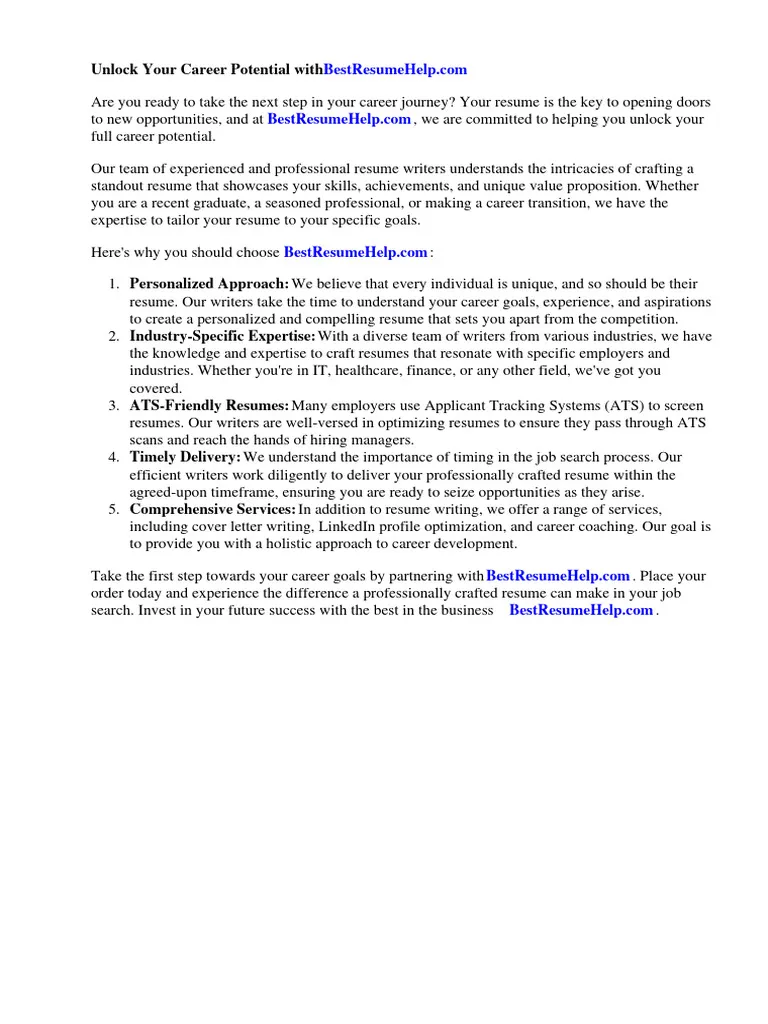Understanding the Importance of a Conservation Cover Letter
In the competitive field of conservation, a well-crafted cover letter is not just a formality; it’s your first, and often most impactful, opportunity to make a lasting impression. This document provides a crucial platform to demonstrate your passion, skills, and suitability for a specific role. Unlike a resume, which offers a summary of your experience, a cover letter allows you to tell your story, explaining why you are the ideal candidate and how your aspirations align with the organization’s mission. By showcasing your genuine interest and enthusiasm, you significantly increase your chances of securing an interview and ultimately landing your dream job in conservation. A compelling cover letter can transform a simple application into a powerful statement of intent, setting you apart from other applicants and highlighting your unique contributions to the field of environmental protection.
Why a Cover Letter Matters
A cover letter serves multiple critical functions in the job application process. First, it offers a space to elaborate on your resume, providing context and depth to your qualifications. It enables you to connect your skills and experiences to the specific requirements of the job, showing the hiring manager exactly how you can contribute to their team. Secondly, it reveals your communication skills, demonstrating your ability to articulate your thoughts and present yourself professionally. A well-written cover letter reflects attention to detail and a commitment to excellence, which are essential qualities in conservation work. Finally, a cover letter allows you to express your personality and passion for the field, making you more relatable and memorable to the hiring committee. These crucial roles make a conservation cover letter absolutely essential for those aiming to establish themselves in the field.
Highlighting Your Passion
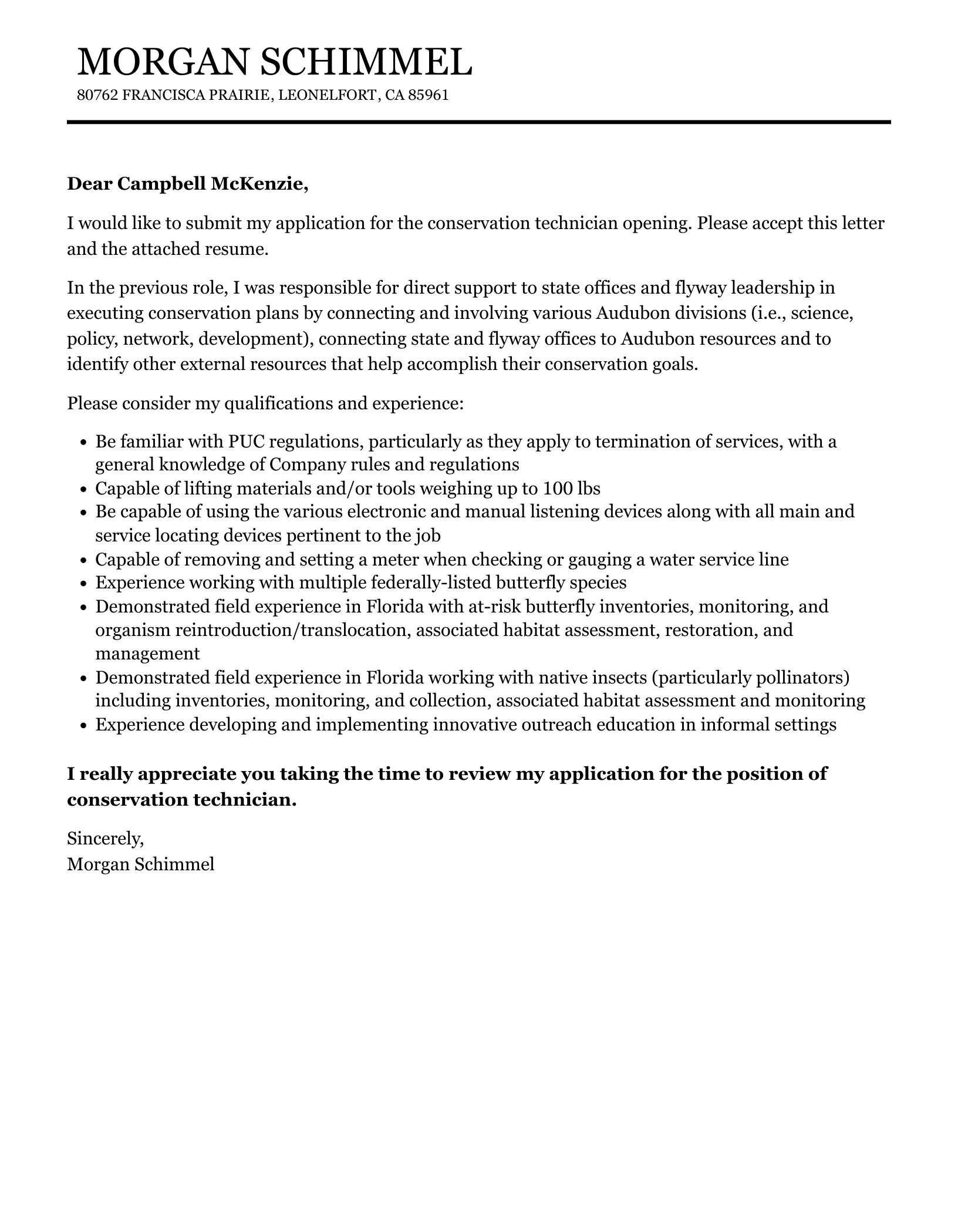
Passion is the fuel that drives success in conservation, and your cover letter is the perfect vehicle to showcase this enthusiasm. Begin by expressing your genuine interest in the organization and its mission. Research their projects and initiatives, and demonstrate how their work aligns with your values and career goals. Share specific examples of how your passion for conservation has manifested in your past experiences, whether through volunteer work, academic projects, or personal endeavors. Describe what specifically motivates you to protect the environment and contribute to sustainable practices. This could involve detailing your experiences with wildlife, ecosystems, or conservation policies. By making your passion clear and tangible, you will captivate the reader and illustrate your dedication to the conservation field. It also makes it very easy to remember you.
Key Components of a Standout Conservation Cover Letter
To create a standout conservation cover letter, focus on several key components. Begin with a compelling introduction that immediately captures the reader’s attention. Clearly state the position you are applying for and briefly highlight why you are a suitable candidate. The body of the letter should delve into your relevant skills, experience, and achievements. Use specific examples to demonstrate how you have successfully applied your skills in past roles. Furthermore, remember to tailor your letter to the specific requirements of the job and the organization. Mention the organization by name to show you have done your homework and are truly interested in the position. Close with a strong concluding paragraph that reiterates your interest, reinforces your qualifications, and expresses your eagerness for an interview. By incorporating these key elements, you’ll craft a cover letter that effectively showcases your capabilities and sets you apart from the competition.
Personalizing Your Letter
Generic cover letters often get overlooked. Personalization is key to making your application stand out. Begin by addressing the hiring manager by name whenever possible; this shows that you’ve taken the time to research the organization. Throughout the letter, refer to specific projects, initiatives, or values of the organization. Show that you understand their work and how your skills can contribute to their goals. When discussing your experience, tailor your accomplishments to align with the job description. Explain how your previous roles have equipped you with the skills and knowledge needed to excel in the position. This level of personalization demonstrates your genuine interest and increases your chances of getting noticed by the hiring team. Make sure the information in your letter is unique and speaks about your interests, and not just skills.
Showcasing Relevant Skills and Experience
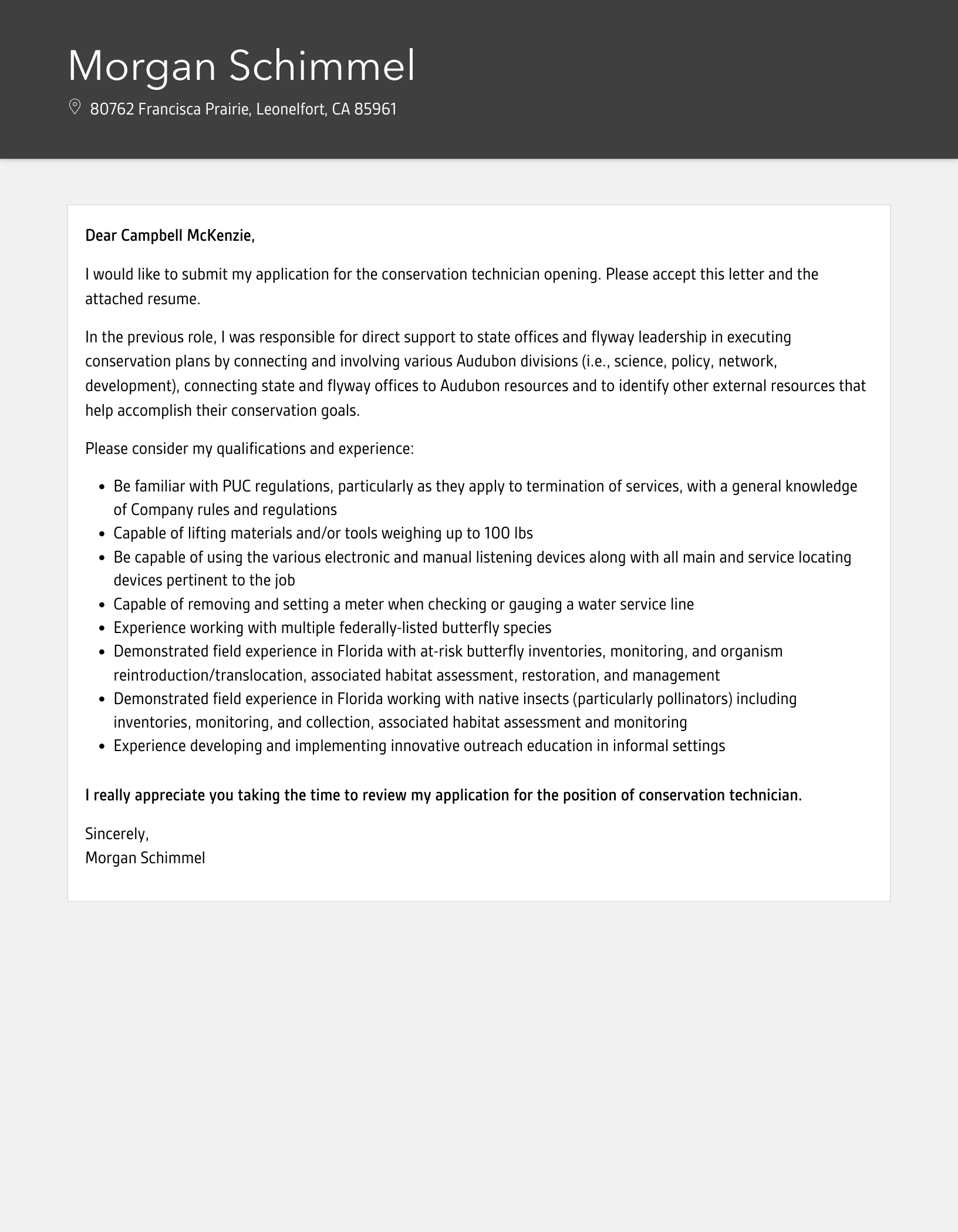
Your cover letter is an opportunity to showcase the skills and experiences that make you a strong candidate. Identify the key skills required for the position, based on the job description. Highlight your proficiency in these areas by providing concrete examples of how you have used them in the past. This might include experience with data analysis, field research, project management, or communication. Moreover, elaborate on your relevant experiences, detailing your responsibilities, achievements, and the outcomes of your work. Quantify your accomplishments whenever possible by using numbers and metrics. For instance, if you managed a volunteer program, state the number of volunteers involved or the impact they had on a specific project. By effectively showcasing your skills and experience, you demonstrate your readiness to take on the challenges of the job and contribute to the organization’s success.
Quantifying Your Achievements
Numbers and statistics can significantly strengthen your cover letter. Instead of simply stating that you have experience in a particular area, quantify your achievements to make your contributions more tangible and impressive. For example, instead of saying you improved fundraising efforts, state that you increased donations by a certain percentage or secured a specific amount of funding. If you managed a research project, mention the number of participants, the duration of the study, and any significant findings. Using data and measurable results offers a more credible and compelling narrative. By providing concrete evidence of your accomplishments, you show the hiring manager the value you bring to the table. Quantifiable achievements also demonstrate your ability to analyze data, set goals, and achieve results, which are essential skills in the conservation field.
Tailoring to the Specific Position and Organization
One of the most effective ways to get noticed is to tailor your cover letter to each specific position and organization you apply to. This demonstrates that you have taken the time to understand the job requirements and the organization’s mission. Before writing, thoroughly review the job description and identify the key skills, qualifications, and experiences the employer is seeking. Customize your letter to address these specific needs, highlighting the relevant aspects of your background. Furthermore, research the organization’s work, values, and recent projects. Show that you understand their mission and how your skills and experience align with their goals. Refer to specific initiatives or programs that resonate with your interests. By tailoring your letter, you convey that you are genuinely interested in the position and have the skills and dedication necessary to excel in the role.
Researching the Organization
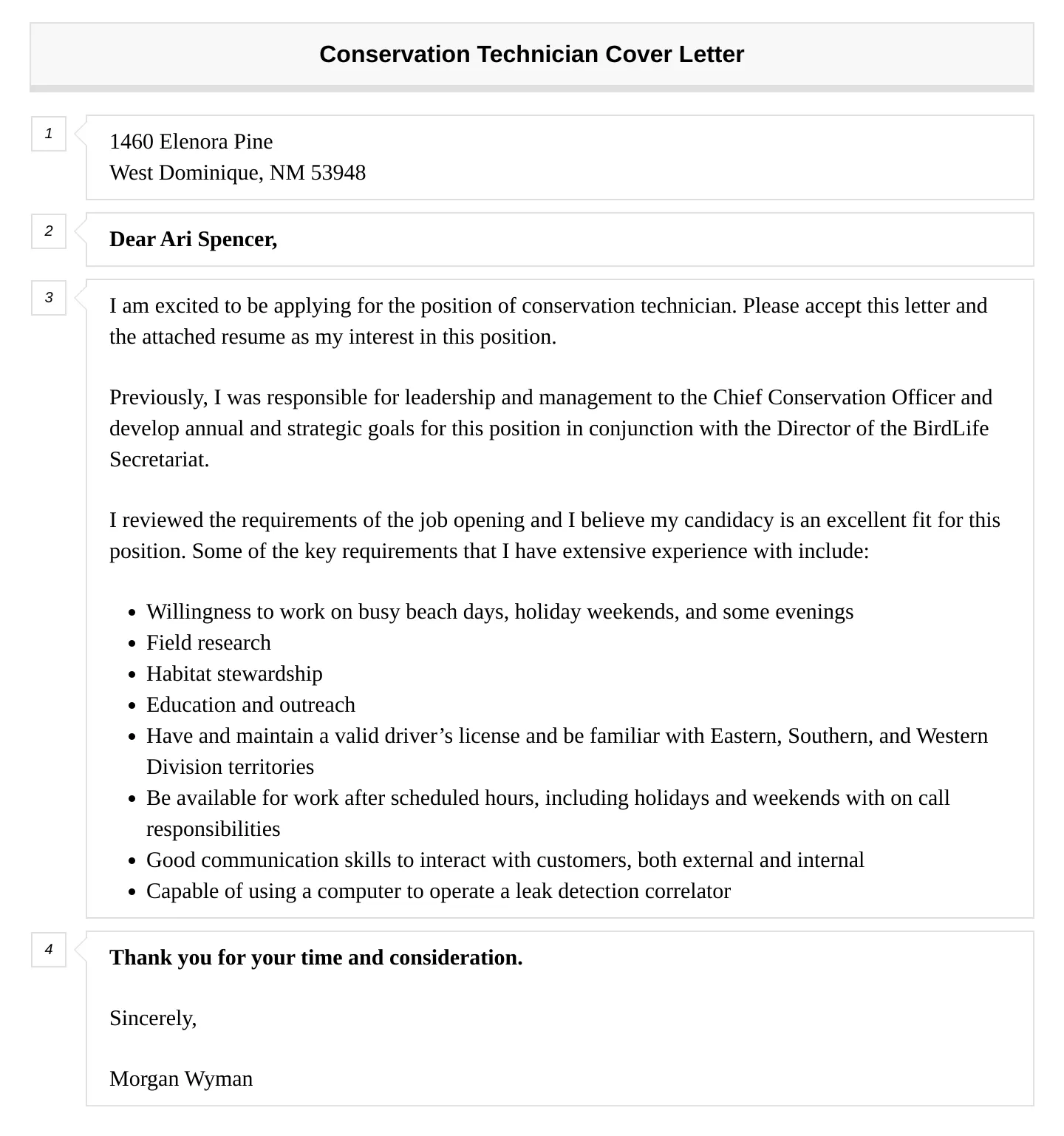
Thorough research is crucial before you even start writing your cover letter. Visit the organization’s website, read their mission statement, and explore their current projects and initiatives. Look for news articles, press releases, and any other information that provides insight into their work and values. This research will help you understand the organization’s priorities, challenges, and goals. Use this information to tailor your cover letter. Mention specific projects or initiatives that align with your interests and experiences. This will demonstrate your genuine interest and show the hiring manager that you have invested time and effort in learning about the organization. Make sure you align your own values and goals with those of the organization to establish a good match. Demonstrate that you have a clear understanding of what the organization does and how you can contribute to their success.
Addressing the Specific Job Requirements
Carefully review the job description to identify the required skills, qualifications, and experience. Highlight how your background aligns with these specific requirements. Provide concrete examples from your past roles to demonstrate your ability to meet the expectations of the position. When mentioning skills, don’t just list them; illustrate how you have successfully used them in previous projects or experiences. For instance, if the job requires experience with data analysis, describe a project where you used data analysis to solve a problem or achieve a specific outcome. If the job asks for experience with a specific software or methodology, mention your proficiency and provide an example of how you’ve used it. By directly addressing the requirements, you convince the hiring manager that you are a strong fit for the role and can contribute effectively to the team.
Formatting and Structure for Impact
The format and structure of your conservation cover letter can significantly impact its effectiveness. A well-organized letter is easy to read and allows the hiring manager to quickly grasp your key qualifications. Begin with a clear and concise header that includes your contact information and the date. Address the hiring manager by name whenever possible, and use a professional salutation. The body of the letter should be structured logically, with each paragraph focusing on a specific aspect of your qualifications or experience. Use clear and concise language, avoiding jargon and complex sentences. Make sure you keep your paragraphs short and to the point. The layout should be visually appealing, with appropriate spacing and font choices. Use bullet points to emphasize key skills or achievements. Before submitting, proofread your letter carefully to eliminate any grammatical errors or typos. A polished and well-formatted cover letter reflects professionalism and attention to detail.
The Right Tone

The tone of your cover letter sets the overall impression you make on the reader. In the context of conservation, it’s essential to strike a balance between professionalism, enthusiasm, and authenticity. Use a positive and confident tone, but avoid sounding arrogant. Show your excitement for the position and your commitment to the field. Avoid overly casual language and maintain a formal, respectful tone throughout the letter. Use language that reflects your passion for conservation and your dedication to environmental protection. When describing your skills and experience, focus on your contributions and the positive outcomes you achieved. Tailor the tone to the specific organization and its culture. If the organization has a more informal approach, you can use a slightly more conversational tone, but always maintain a professional demeanor. The right tone will resonate with the reader and make your application memorable.
Structure and Layout
A well-structured cover letter is easy to read and understand. Start with a compelling introduction that grabs the reader’s attention and states the position you are applying for. In the body, use clear and concise paragraphs to showcase your skills, experience, and achievements. Each paragraph should focus on a specific aspect of your qualifications, providing concrete examples to support your claims. Use transition words and phrases to create a smooth flow between paragraphs. The layout should be visually appealing, with adequate spacing and a readable font such as Times New Roman or Arial. Keep the letter to one page, if possible, to keep the reader’s attention. Use bullet points to highlight key skills or achievements. Ensure that the letter is free of any formatting errors or inconsistencies. A well-structured and visually appealing cover letter makes a positive impression and demonstrates your attention to detail.
Proofreading and Editing
Proofreading and editing are critical steps in ensuring your cover letter is polished and professional. Errors in grammar, spelling, and punctuation can undermine your credibility and detract from your qualifications. Start by carefully reading through your letter multiple times, looking for any mistakes. Use a grammar checker and spell checker to identify any errors you may have missed. Beyond grammar, pay attention to the clarity and conciseness of your writing. Ensure that your sentences are well-structured and easy to understand. Read the letter aloud to catch any awkward phrasing or unclear sentences. Ideally, ask a friend, mentor, or career counselor to review your cover letter. A fresh pair of eyes can often spot errors that you may have overlooked. Taking the time to proofread and edit your cover letter demonstrates your attention to detail and your commitment to presenting yourself in the best possible light.
Common Mistakes to Avoid
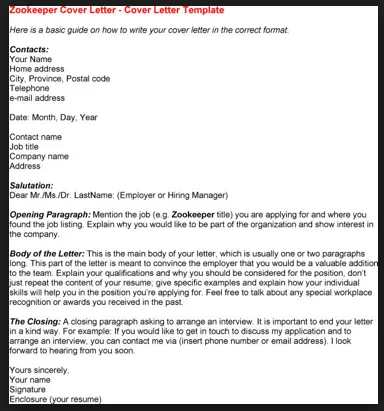
Certain common mistakes can diminish the impact of your conservation cover letter. Avoid generic language that fails to demonstrate your unique skills and passion. Refrain from simply repeating information from your resume without providing additional context or elaboration. Do not solely focus on yourself without relating your skills and experiences to the needs of the organization. Overusing jargon or technical terms that the hiring manager may not understand is also a common pitfall. Ensure that your letter is tailored to the specific job and organization. Failing to tailor the letter is a sign of a lack of interest or attention to detail. Finally, never submit a cover letter with grammatical errors or typos. Review your application meticulously before submission. By avoiding these common mistakes, you can greatly improve your chances of making a positive impression and securing an interview.
Generic Language
Avoid generic language, which fails to differentiate you from other candidates. Cover letters filled with clichés and vague statements will often get lost in the shuffle. Instead of using generic phrases like “I am a team player,” provide specific examples that demonstrate your teamwork skills. Avoid using generic terms, and elaborate on your accomplishments. Don’t just say you have experience in a particular area; describe what you achieved and the impact you made. Show, don’t just tell. Use strong verbs and vivid descriptions to bring your skills and experience to life. Your cover letter should read more like a compelling story about your accomplishments, not just a list of generic attributes. By avoiding generic language, you can make your letter more memorable and demonstrate your unique contributions to the field of conservation.
Focusing Solely on Yourself
While your cover letter should highlight your skills and experiences, avoid focusing solely on yourself. A successful cover letter demonstrates how your qualifications align with the needs and goals of the organization. Focus on how your skills and experiences can benefit the employer and contribute to their success. Show that you understand the organization’s mission, values, and specific needs. Explain how your past experiences have prepared you to excel in the role and contribute to the organization’s objectives. Instead of saying, “I want this job,” reframe your statements to show the value you bring to the organization, such as “I am eager to leverage my experience in [specific area] to contribute to [organization’s goal].” Demonstrate your interest by showing your achievements are valuable to the company goals. This approach demonstrates that you understand their goals and are ready to help.
Ignoring the Organization’s Mission
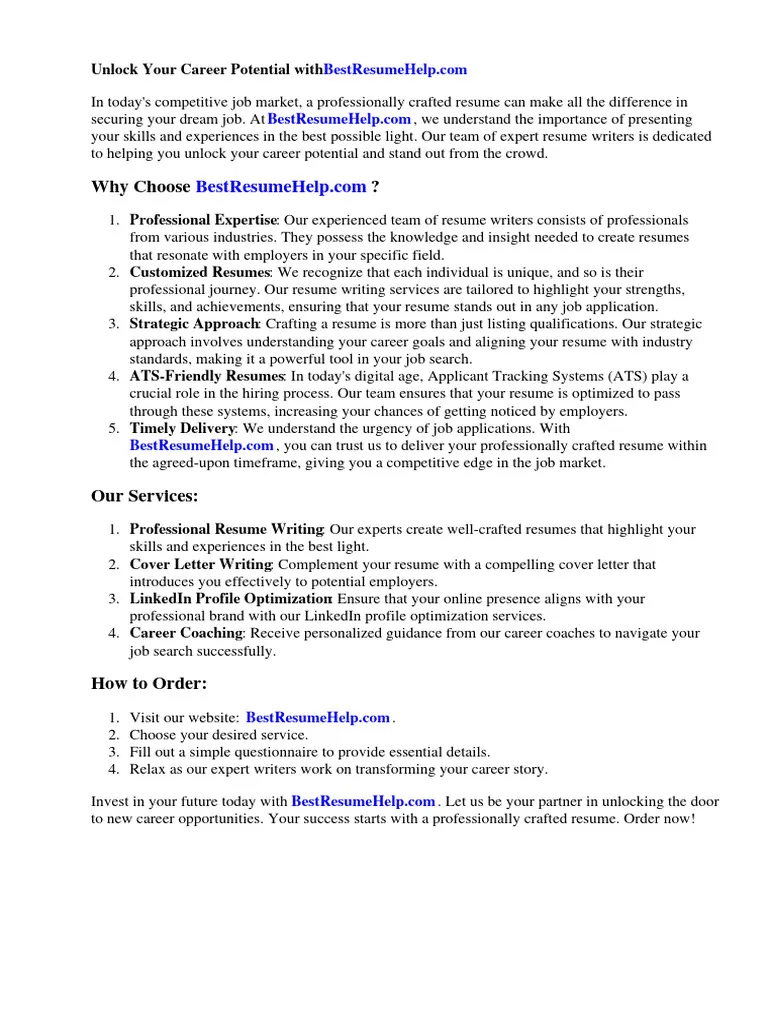
Failing to demonstrate an understanding of the organization’s mission is a major misstep in a conservation cover letter. Conservation organizations have a strong focus on their mission and values, and they want to hire individuals who share these values. Before writing your cover letter, research the organization’s mission statement, goals, and recent activities. Show that you understand their mission and how your skills and experiences align with their work. In your letter, mention the organization by name and demonstrate your knowledge of their projects, initiatives, or values. Explain how your commitment to conservation principles and your specific expertise can help advance their mission. Failing to connect your qualifications to their mission is a missed opportunity to make a strong impression. Highlighting the organization’s mission shows your awareness of their priorities and your genuine interest in their work, increasing your chances of securing an interview.
Best Practices for Submission
The way you submit your cover letter can significantly impact its reception. Following best practices in file format and naming, as well as adhering to any specific instructions, demonstrates your professionalism and attention to detail. Always save your cover letter as a PDF to maintain the formatting and ensure that it looks the same on any device. Name the file clearly and professionally, using your name and the job title, to make it easy for the hiring manager to identify. If the job posting provides specific instructions for submitting your application, follow them carefully. This might include requirements regarding the file format, the subject line of the email, or the order of documents. Double-check the job posting for any specific requests. Failing to adhere to these instructions can create a negative impression, which is easily avoidable. A well-formatted, appropriately named file shows you are detail-oriented and professional.
File Format and Naming
When submitting your cover letter, choose a file format that preserves the formatting and is easily accessible to the hiring manager. The recommended file format for cover letters is PDF (Portable Document Format). PDF files ensure that your formatting, including fonts, spacing, and images, remains consistent regardless of the recipient’s device or software. Avoid sending your cover letter in formats like .doc or .docx unless specifically requested. Before submitting your cover letter, name the file in a clear and professional manner. Use your full name and the job title, such as “JaneDoe_ConservationOfficerCoverLetter.” This makes it easy for the hiring manager to identify your application. Avoid using special characters or spaces in the file name, as these can cause problems with file sharing. A well-named and appropriately formatted file demonstrates attention to detail and professionalism, helping you make a positive first impression.
Following Instructions
Carefully review the job posting and follow all instructions provided for submitting your cover letter and resume. Failing to comply with these instructions can lead to your application being overlooked. Pay close attention to any specific requirements regarding the file format, the subject line of the email, or the order of documents. Some organizations use applicant tracking systems (ATS) that may require specific formatting or file naming conventions. When in doubt, err on the side of caution and follow the instructions precisely. If the job posting states that you must submit your cover letter and resume as a single PDF, make sure to do so. If it requests a specific file name format, use that format. By following instructions, you demonstrate your attention to detail and your respect for the organization’s processes. This is a crucial step in the application process, and adhering to instructions can significantly increase your chances of getting noticed.
Conclusion
Crafting a compelling conservation cover letter is an essential step in securing your desired role. By understanding the importance of a cover letter, showcasing your passion, highlighting your skills and experience, and avoiding common mistakes, you can significantly improve your chances of success. Remember to personalize your letter, quantify your achievements, and tailor it to each specific position and organization. Pay close attention to formatting and structure, and always proofread and edit your letter carefully. Finally, always follow the instructions for submission. By following these secrets, you’ll be well on your way to landing your dream job in conservation and making a meaningful impact on the environment. The most important things is to be true to yourself. Good luck, and happy applying!
